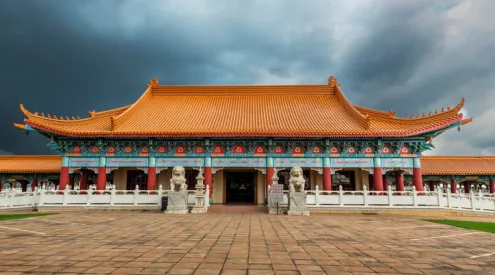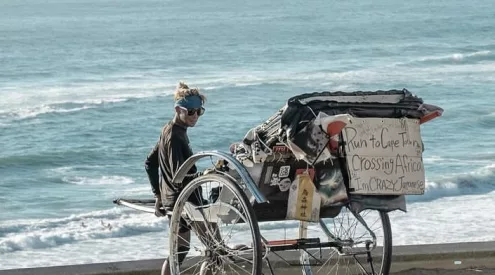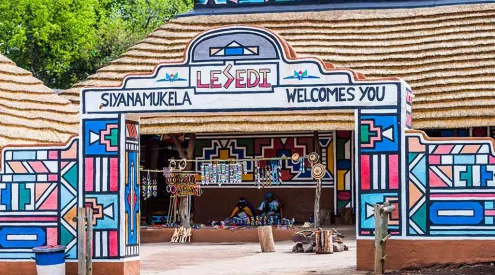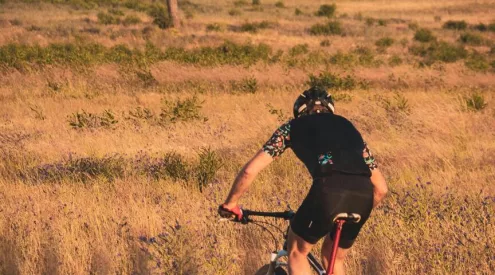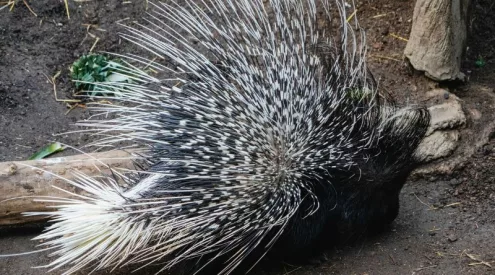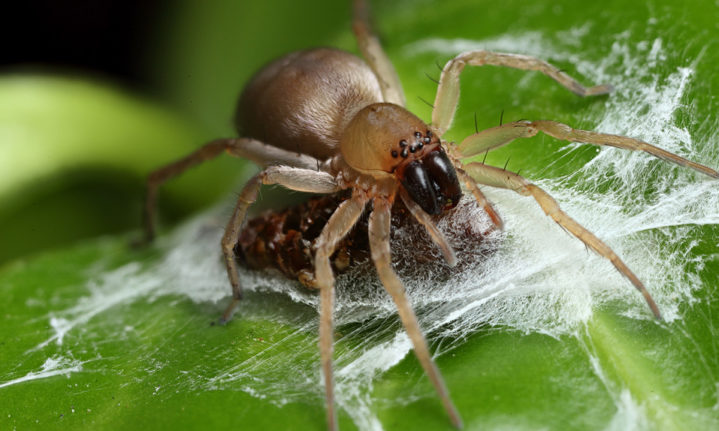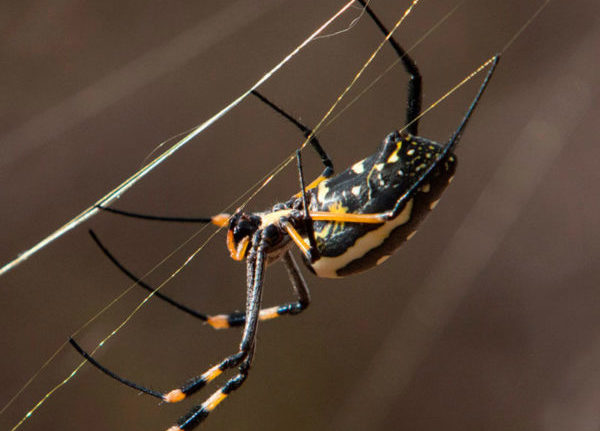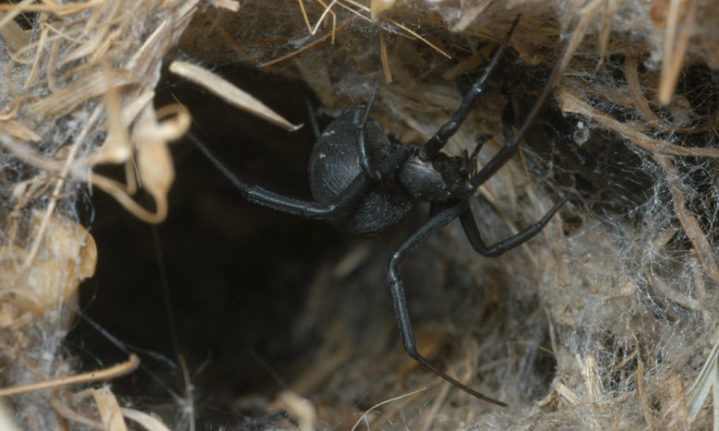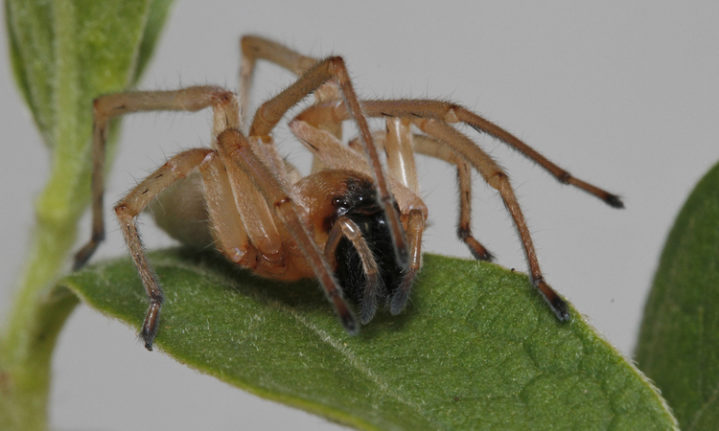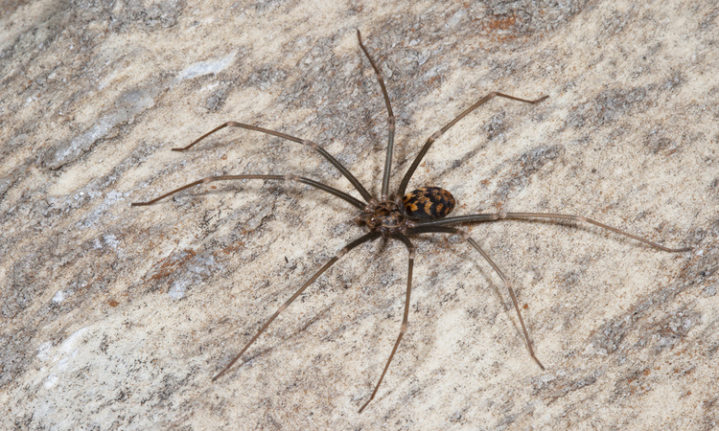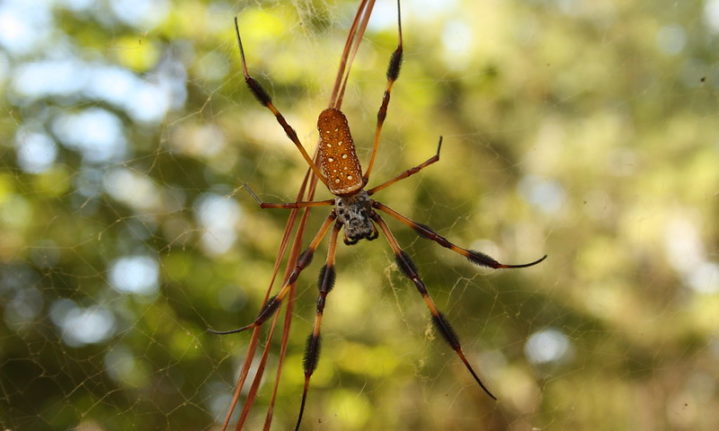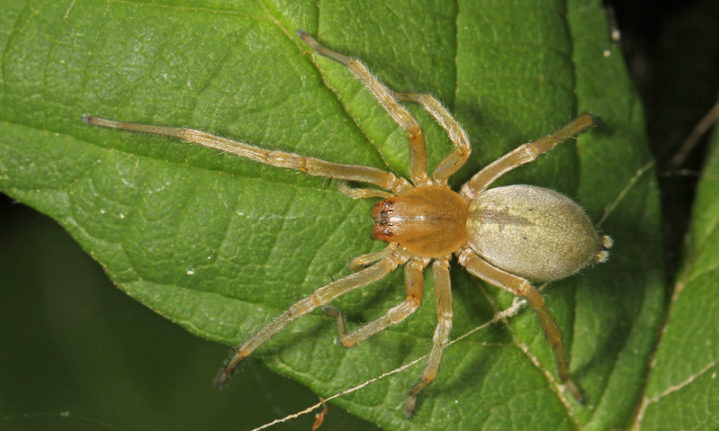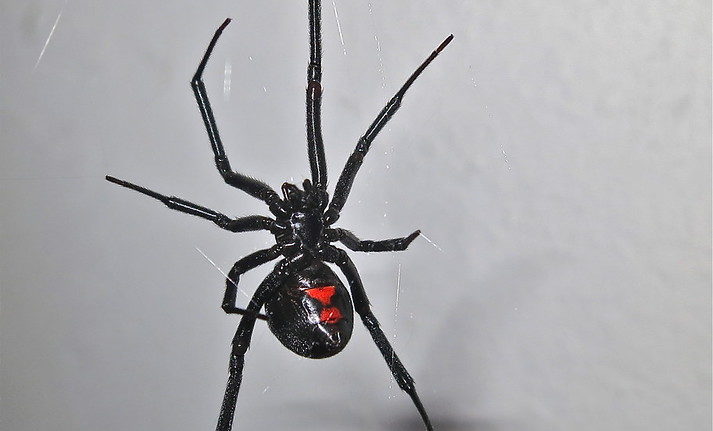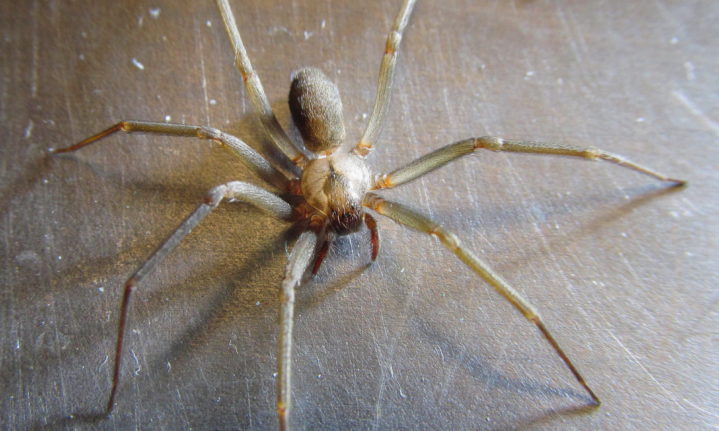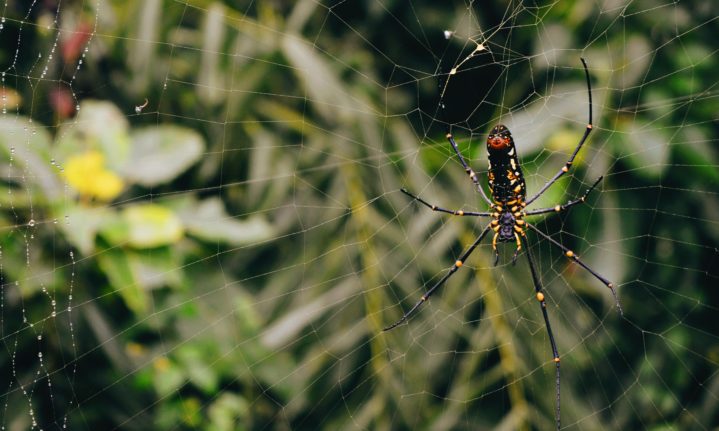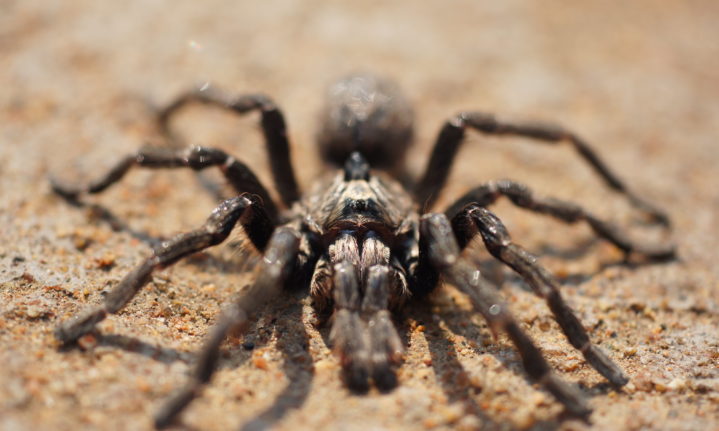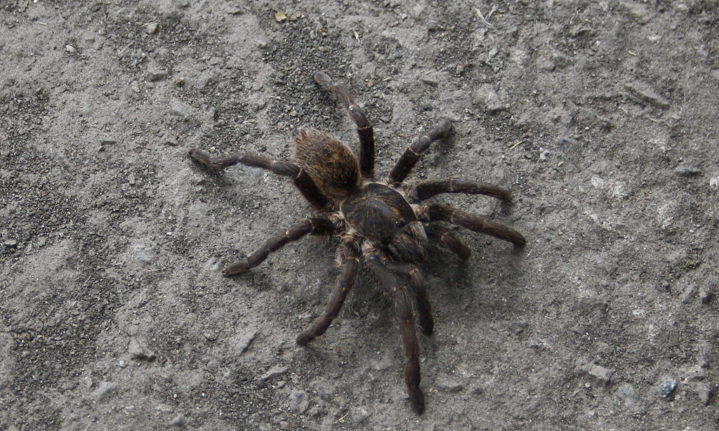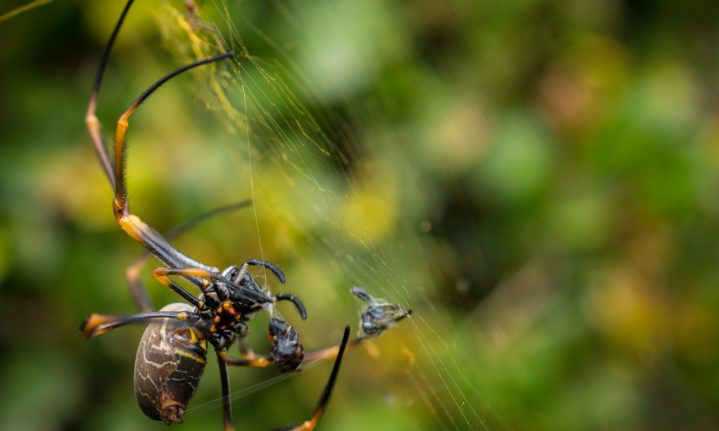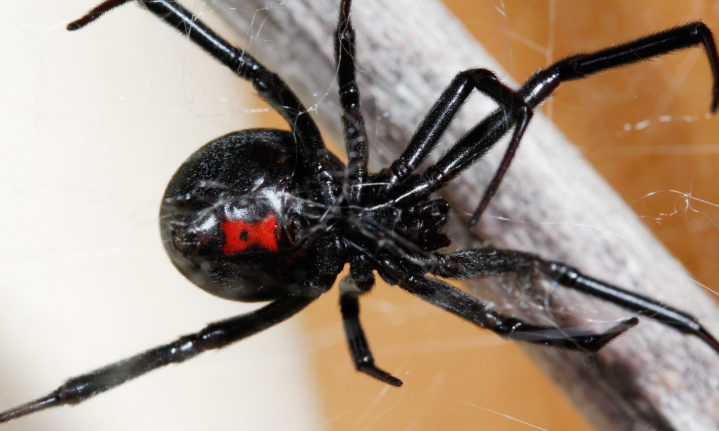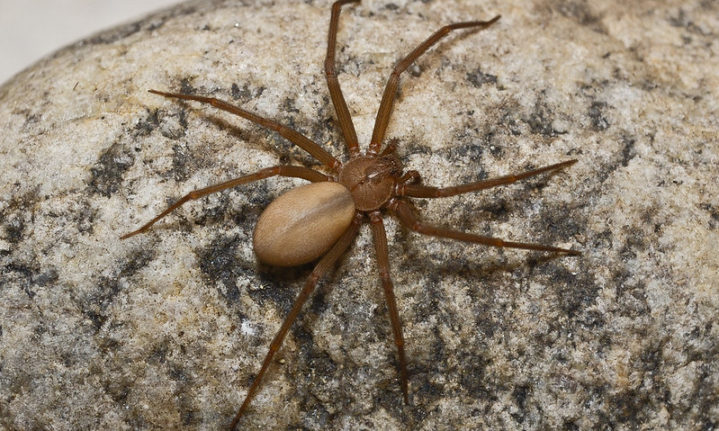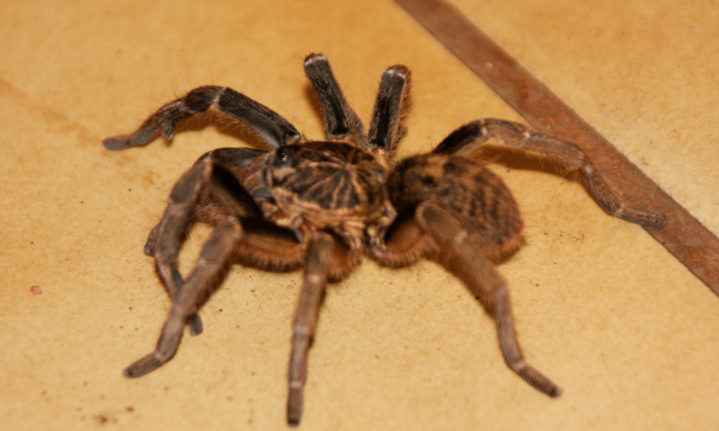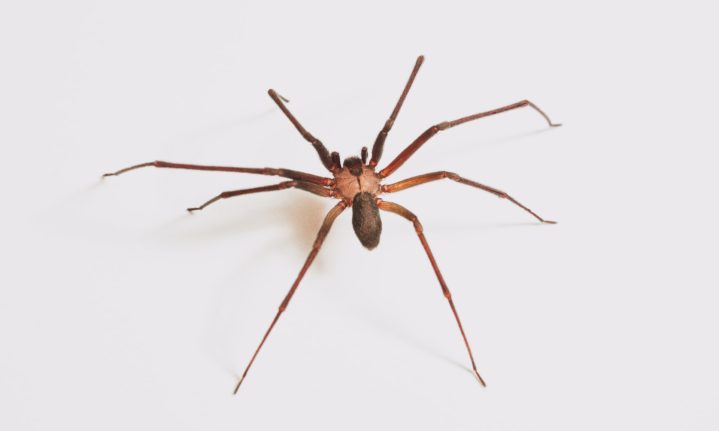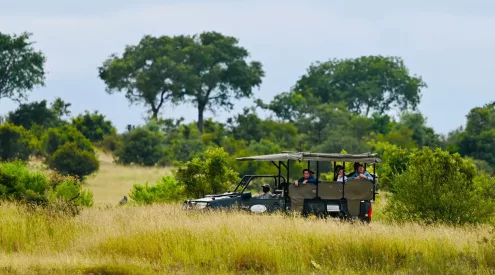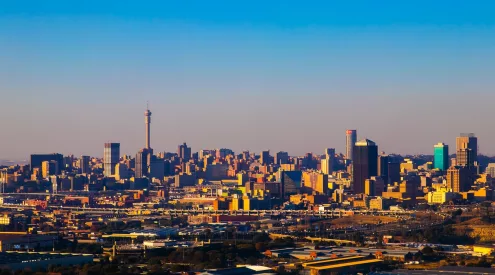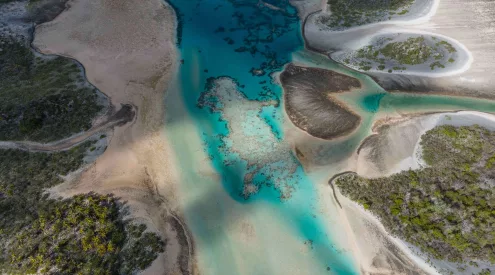With a biodiversity that is completely unique to the country, South Africa has multitudes of beautiful animals and the most exquisite flora. Mother Nature, however, has also made South Africa home to some ghastly bugs and beasties: spiders, in particular. Here are five of South Africa’s creepiest crawlies.
1. Baboon spider
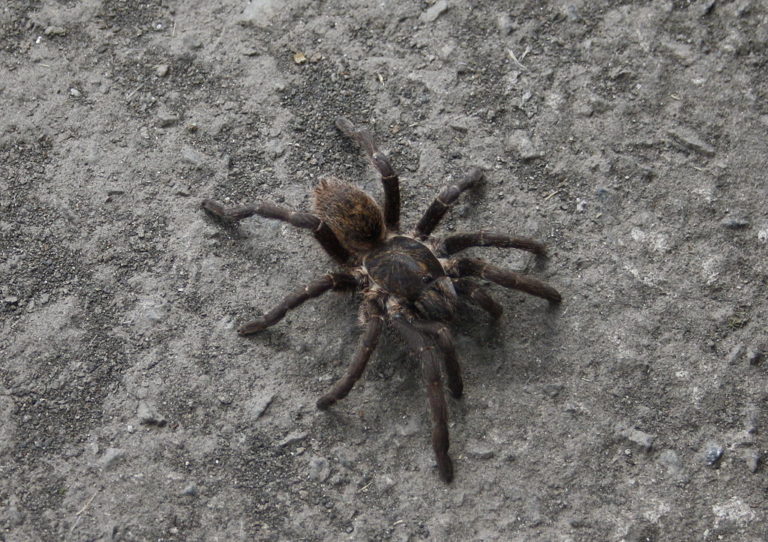
Credit: Bob Adams/Wikimedia Commons
The baboon spider is a subspecies of the tarantula family and is native to Southern Africa. It is an ambush hunter with a taste for insects, scorpions and the occasional small reptile. 42 of the 900 species of baboon spider are found across the country.
2. Violin spider
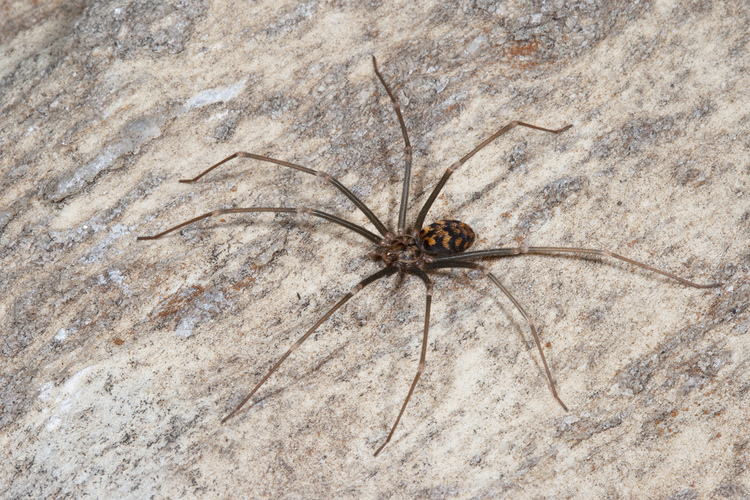
Credit: Johan Marais/African Snake Bite Institute
The violin spider is a reclusive species that prefers to flee than use its fangs. Its bites are painless yet potent – the venom is cytotoxic, making it extremely venomous – and require surgical treatment to treat the open wound that is essentially left after the venom takes effect. Violin spiders are found throughout South Africa.
3. Black widow
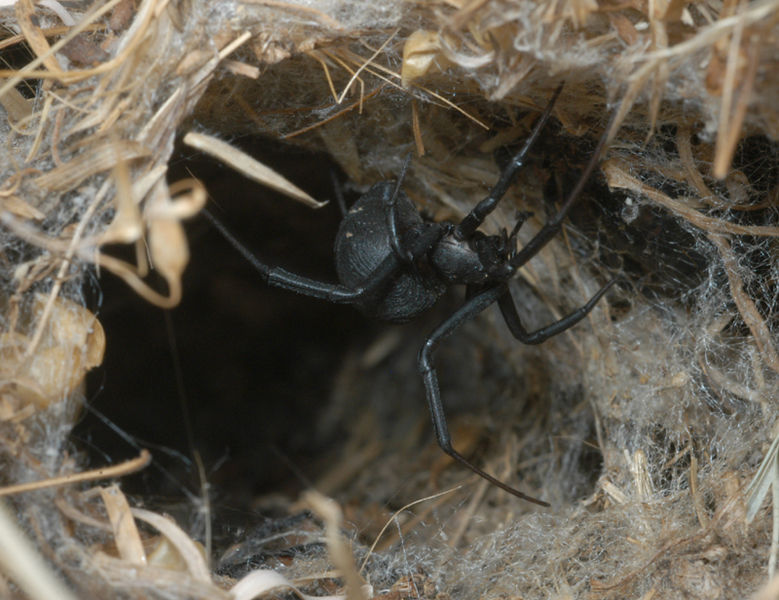
Latrodectus indistinctus is one of the black widow species in South Africa. Picture: Wikimedia Commons
The most infamous spider in South Africa, the black widow has a neurotoxic venom which is acutely poisonous. If bitten by this spider, victims need to be hospitalized and treated with anti-venom.
Black widows live in dark places and are found throughout South Africa. They’re also known as button spiders and have a black round abdomen with a red hourglass-shaped marking. Only the females have fangs long enough to pierce human flesh.
4. Sac spider
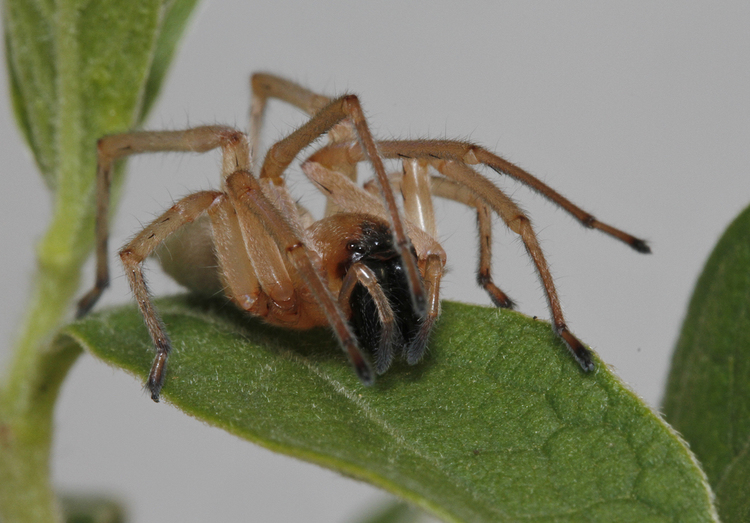
Credit: Ashley Kemp/African Snake Bite Institute
The sac spider is an aggressive spider that is not afraid to bite and accounts for an estimated 75% of spider bites in South Africa. It’s found throughout the country and is, disconcertingly, quite comfortable within homes. Its venom is cytotoxic and a dose of antibiotics is needed to treat the damage caused by a bite.
5. Golden silk orb-weaver
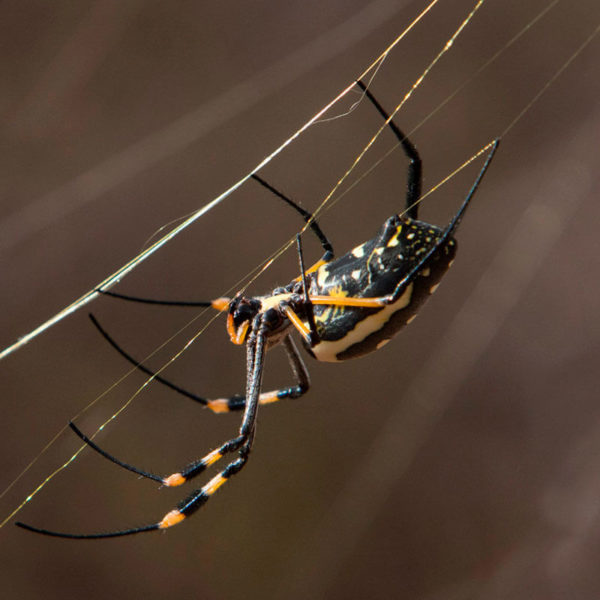
Picture: Johan Marais/ African Snake Bite Institute
These spiders spin South Africa’s most dazzling, biggest webs, some as long as two metres. The spider gets its name from the colour of the silk it spins and despite its large size, it is a non-aggressive spider species. If bitten, the result is some redness and swelling but is non-lethal.
Females are much larger than their male counterparts, growing to span up to around 50mm, while males are usually around two thirds smaller. These spiders are found across South Africa.
Pictures: Flickr Commons
ALSO READ

